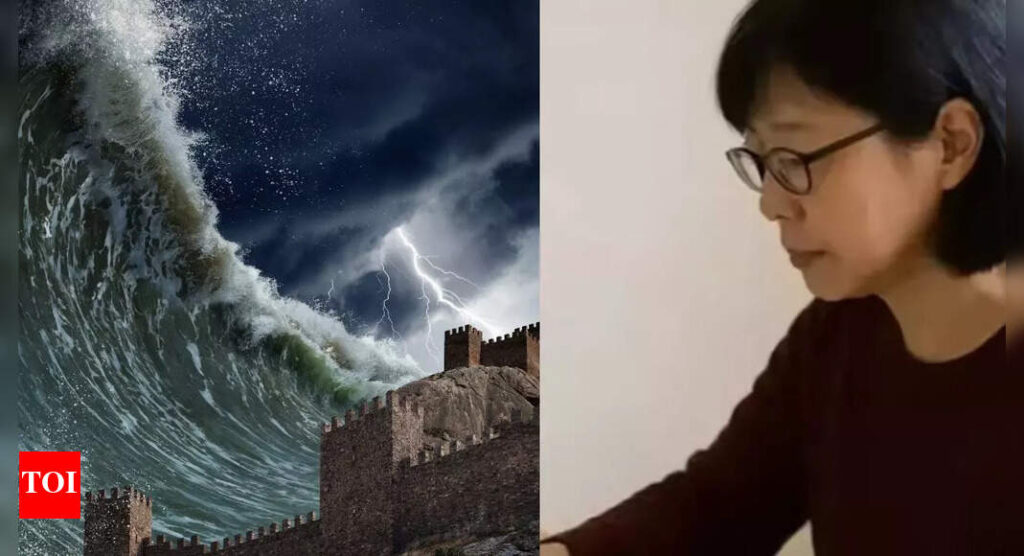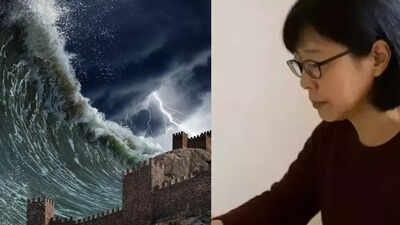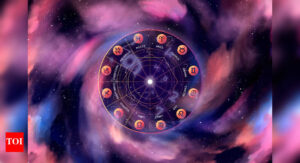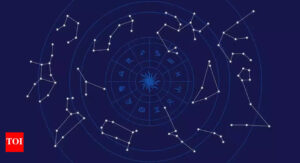New Baba Vanga prediction came true? Japanese manga sparks debate after July 2025 earthquake and tsunami alerts |

A powerful 8.8 magnitude earthquake struck off Russia’s remote Kamchatka Peninsula on Wednesday, triggering tsunami warnings across the Pacific and waves that reached Japan’s northern coastline. This seismic event, one of the strongest in decades, has reignited interest in a chilling prediction from a Japanese manga titled Watashi ga Mita Mirai (The Future I Saw), authored by artist Ryo Tatsuki, often referred to as the New Baba Vanga of Japan. Fans recall that the manga warned of a disaster in July 2025, and while the exact date passed without incident, this earthquake has sparked speculation that Tatsuki’s forecast may have been eerily accurate—just weeks off in timing.
New Baba Vanga Ryo Tatsuki’s manga predictions resurface after July 2025 disaster warning
Published in 1999, Watashi ga Mita Mirai gained notoriety for referencing several real-world tragedies:
- The deaths of Princess Diana and Freddie Mercury
- The global COVID-19 outbreak
- The March 2011 Tōhoku earthquake and tsunami that devastated northeastern Japan
Tatsuki’s depiction of a July 2025 disaster had fueled online debates earlier this year, particularly on July 5, which some enthusiasts had flagged as the likely date of the foretold event. When no major disaster occurred then, the theory faded. However, this week’s earthquake and tsunami alerts have brought the discussion roaring back, with fans claiming the manga’s timing might have been approximate rather than precise.
Social media reacts: “Ryo Tatsuki did it again”
Within hours of the earthquake, social media platforms were filled with posts drawing parallels to Tatsuki’s prediction. One widely shared comment read:“Massive tsunami alert for Japan after an 8.8 earthquake in Russia. Manga predictor Ryo Tatsuki who foresaw 2011 did it again!”Others nicknamed her the “New Baba Vanga”, comparing her to the Bulgarian mystic famous for alleged prophetic visions. While skeptics dismissed the connection as coincidence, others noted that pop culture often influences how people perceive disasters. Even speculative art, they argued, can inspire conversations around preparedness and resilience during natural disasters.
Russia earthquake upgraded to 8.8 magnitude as tsunami waves hit Kamchatka coast
The earthquake struck 125 km southeast of Petropavlovsk-Kamchatsky, a port city in Russia’s Far East, at a shallow depth of 19.3 km, according to the US Geological Survey (USGS). Initially measured at 8.0 magnitude, it was later upgraded to 8.8, placing it among the most powerful quakes in recent memory.Tsunami waves measuring 3 to 4 metres (10–13 feet) hit parts of Russia’s Kamchatka coastline, leading to immediate evacuation measures. The seismic activity sent shockwaves globally, with alerts issued across the Pacific, including Japan, Hawaii, and parts of the US West Coast.
Japan’s response and Tsunami warnings
The Japan Meteorological Agency (JMA) swiftly issued tsunami warnings for Pacific coastal areas, predicting waves up to 3 metres (10 feet). The first waves recorded on Hokkaido’s coast were around 30 cm (one foot), which posed little immediate risk but served as a stark reminder of the potential dangers.Japan’s government quickly established an emergency task force, emphasizing vigilance and readiness. Disaster response systems, honed over decades due to Japan’s seismic vulnerability, were placed on high alert to monitor for potential aftershocks or larger surges.
Why Japan is so vulnerable to earthquakes
Japan lies at the convergence of four tectonic plates—the Pacific Plate, Philippine Sea Plate, Eurasian Plate, and North American Plate—making it one of the most seismically active regions in the world. This tectonic configuration is responsible for frequent earthquakes and tsunamis. The March 2011 Tōhoku earthquake, which caused over 15,000 deaths, remains a stark reminder of the region’s vulnerability.
Manga predictions spark debate on public safety and cultural psychology
Cultural works like Watashi ga Mita Mirai often spark public debate because they reflect shared anxieties about natural disasters. While scientists dismiss claims of psychic accuracy, experts note that speculative storytelling sometimes coincides with real events due to probability and Japan’s high risk of quakes.Such predictions, whether believed or dismissed, play a unique role in public awareness:
- Preparedness impact: Fiction can prompt people to review safety measures and evacuation routes.
- Collective psychology: Predictions can amplify fear or vigilance, depending on how communities interpret them.
- Cultural resonance: Japan’s disaster-prone reality makes such stories emotionally powerful, especially when past manga predictions appeared to align with historical events.
Discover everything about astrology at Times of India, including daily horoscopes for Aries, Taurus, Gemini, Cancer, Leo, Virgo, Libra, Scorpio, Sagittarius, Capricorn, Aquarius, and Pisces. Read your detailed Horoscope Today and Horoscope Tomorrow here.








